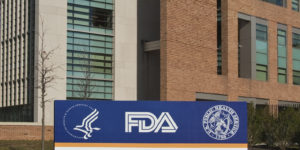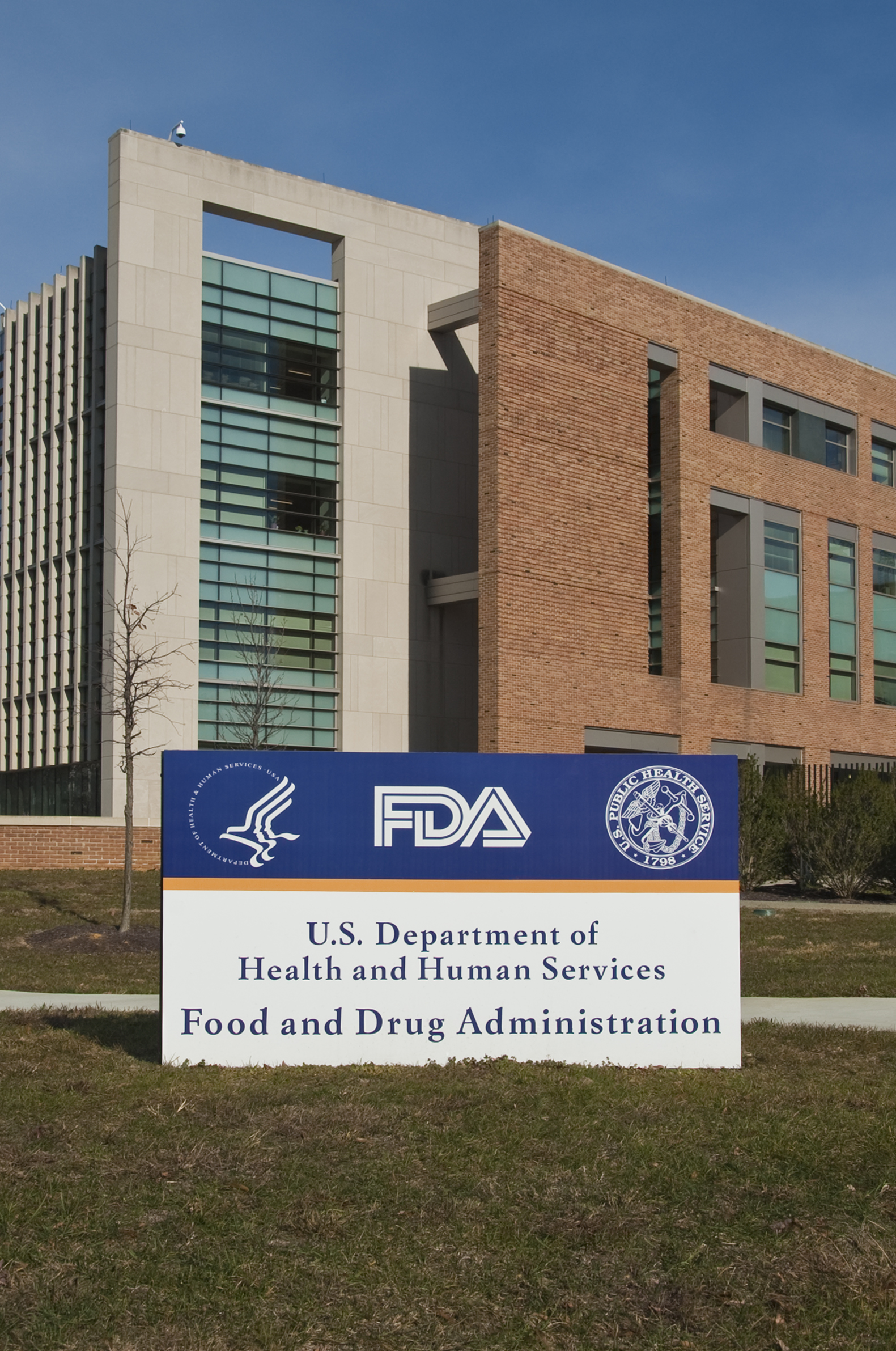Learn more about the safety and science behind allulose.
Generally Recognized As Safe (GRAS): The U.S. Food and Drug Administration (FDA), responsible for assuring the safety and security of our nation’s food supply, has helped the United States earn a reputation for having the safest food in the world. A big part of the success has been in the approval of new substances. Learn More.
Metabolism: Allulose is absorbed by the small intestine and excreted in the urine without being significantly metabolized. A study in 14 healthy adults consuming allulose at 5 to 20 g reported urinary excretion of allulose at 66-79% and low microbial fermentability of allulose in the large intestine [4]. Learn More
Glycemic Index: In conducting studies as part of the GRAS process, researchers found that allulose has no impact on blood glucose and actually suppresses glycemic response of other glycemic carbohydrates when tested with carbohydrates or within a meal. When tested as a single ingredient, allulose is shown to be non-glycemic. Learn More.
Gastrointestinal (GI) Tolerance: Based on the guidance by the U.S. Food and Drug Administration’s (FDA), people of all ages can enjoy allulose in moderate amounts. Learn More.
Learn More

Brain Activity & Connectivity Changes: Response to Natural Sugar Replacements & Artificial Sweeteners – Nutritional Neuroscience

IFT19 showcases solutions for clean-label trends – Beverage Industry

Tate & Lyle talks allulose: The first two things consumers look for are calories and sugar – Food Navigator

Initial sales of low-carb cereal Magic Spoon have exceeded expectations – Food Navigator

FDA Exempts Allulose from Added Sugar Labeling Requirements

Study Finds Anti-Obesity Potential of Allulose

Importance of Clear Nutrition Information for Diabetes Management: Spotlight on Allulose

Allulose & the New Nutrition Facts Label

Rare Sugars: Demystifying Diamonds in the Rough
